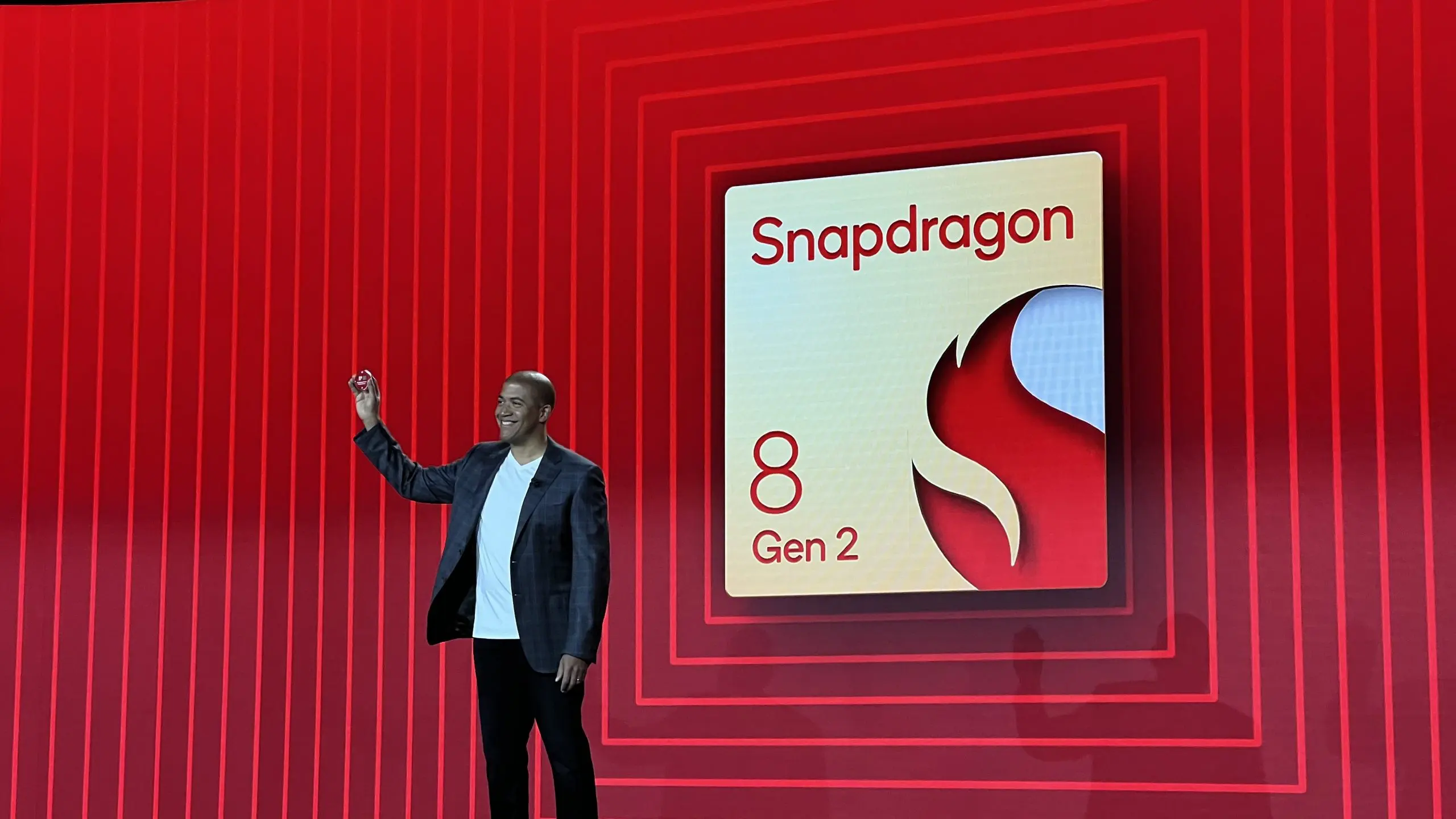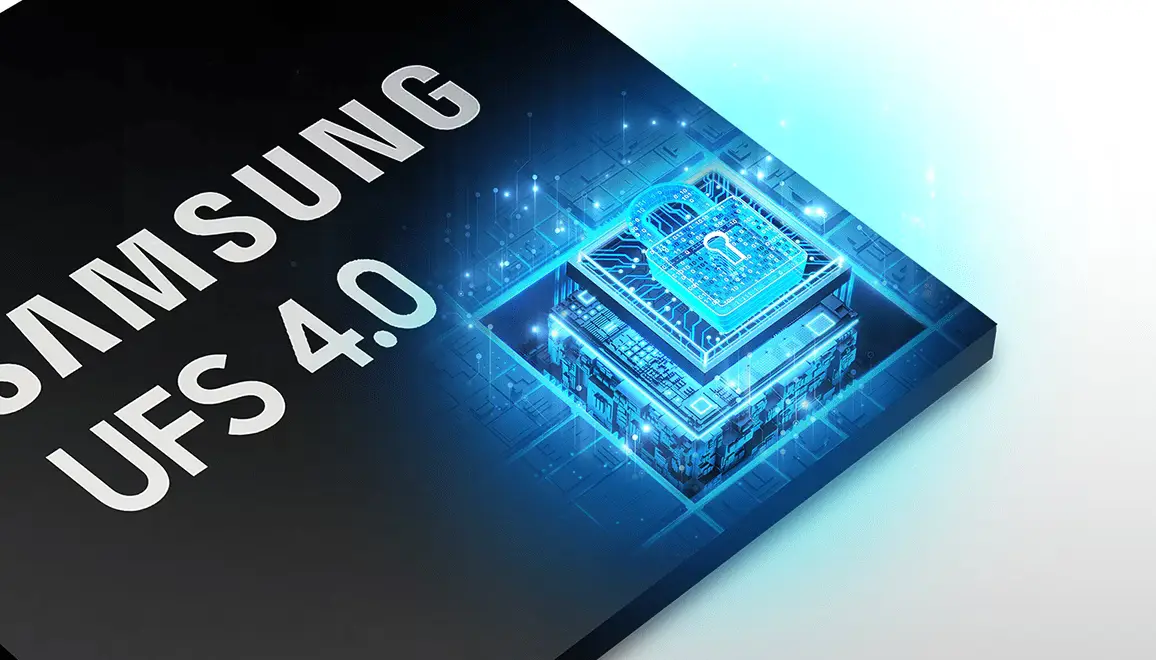Tech
Galaxy S23’s Snapdragon 8 Gen 2 SoC is different from the rest, Let’s know why?

The partnership of Samsung with Qualcomm now seems to be proven a beneficial step because of the Galaxy S23’s upgraded Snapdragon 8 Gen 2 chipset. Recently, the talks of its better-than-others SoC are spreading around the internet. It is being said that this upcoming flagship has the best version of the used SD 8 Gen 2, which has been named ‘Snapdragon 8 Gen 2 Mobile Platform of Galaxy.’ So, let’s take a look at this new chipset.
All Galaxy S23 devices will feature only Snapdragon SoC
Let us tell you that Samsung usually launches two SoC variants of its flagship series, one with Snapdragon chipsets and the other with its own Exynos chipsets. But, some problems have appeared with the Exynos-based models lately, so the company has decided only to use the Snapdragon processor in its Galaxy S smartphones. Hence, the Galaxy S23 series is coming on Feb 1st, 2023, with all Snapdragon SoC-based variants.
Galaxy S23’s SoC has a better clock speed than its base version
Informatively, the processor used in the Galaxy S23 series is different but better than the other smartphones, which also have Qualcomm’s Snapdragon 8 Gen 2 chipset. This customized version of this chipset is said to have a higher clock speed than the base version. According to the report of 9to5Google, the base SD 8 Gen 2 has a clock speed of 3.2GHz, but the S23’s SD 8 Gen 2 has got up to 3.36GHz.
One UI 5.1 official confirmation: Which phones will receive it
As per the reports, Snapdragon 8 Gen 2 processor’s modified version, which is equipped in the Galaxy S23 devices, could have the same features as the base version (used in OnePlus 11 and other Android devices). However, yes, it does have some optimizations for the Galaxy phones, which will help it to perform better than the base one. Besides, it is also reported that rather than TSMC, Samsung is manufacturing these chips itself.
Tech
Samsung Laptops Might Embrace Qualcomm’s New Snapdragon X Chip

Finally, Qualcomm has debuted its new ARM-based processor, the Snapdragon X Plus, designed for laptops. We anticipate Samsung to incorporate this chipset into its upcoming laptops.
However, this new chipset appears a bit below the company’s high-end laptop chipset, the Snapdragon X Elite, which was unveiled a few months ago and is expected to be used in Samsung’s forthcoming Galaxy Book 4 Edge.
The Snapdragon X Plus is a 4nm chip with a 10-core CPU. The Snapdragon X Elite and this newly launched chipset use the same Oryon CPU cores. This chipset is expected to be used in more affordable laptops running on the Windows OS. The CPU of this chipset operates at 3.4GHz, while the Snapdragon X Elite clocks at 3.8GHz.
Snapdragon X Plus’ integrated Adreno GPU has 3.8 TFLOPS of power, which could be equivalent to the Intel Core Ultra 7 series. The noticeable thing that remained constant in this new chipset is its NPU, which still offers 45 TOPS performance for on-device AI inference, similar to the Snapdragon X Elite.

This qualifies the chip as an AI chip, according to Microsoft Copilot’s minimum requirement of 40 TOPS. The brand has assured that the Snapdragon X Plus delivers 10% faster CPU performance than Apple’s M3 chipset while running at the same power. On the other hand, the Snapdragon chip claims to be 37% faster at the same wattage as the Intel Core Ultra 7 155H. This chip is expected to appear in laptops and will debut in the second half of this year.
Previously, Samsung has used Qualcomm’s top-of-the-line and mid-range Snapdragon chipset in its ARM laptops, and the giant has already unveiled that the forthcoming Galaxy Book 4 Edge will use the Snapdragon X Elite. Given this fact, it is quite possible that the brand could launch a more affordable Galaxy Book 4 series laptop with the Snapdragon X Plus.
Tech
Here’s The Key Fact Why UFS 4.0 Memory Just Got Faster

The fact is, other storage facilities can’t replace the device’s local storage; it remains an essential factor yet.
Despite cloud storage, smartphone storage remains crucial, and UFS 4.0 makes phone storage faster than ever before, but the fact is there is always room for improvement. The latest UFS chipsets run at the same speed as an SSD; however, a brand founded by Toshiba has managed to make the UFS 4.0 standard even more efficient.
Kioxia is a Japanese multinational computer memory manufacturer that develops, produces, and sells flash memory and SSDs, and now it has recently introduced chips that arrive with storage capacities of 256 GB, 512 GB, and 1 TB.
Kioxia Revs Up UFS 4.0 Memory Standard
The brand has now revealed the THGJFMT1E45BATV, THGJFMT2E46BATV, and THGJFMT3E86BATZ chips that offer 50% faster random writing in an 18% smaller area. The chips have their particular size based on their storage capacities, which are mentioned below:
- 256GB and 512GB chips: 9.0 x 13.0. x 0.8mm
- 1TB chip: 9.0 x 13.0 x 0.9mm
Kioxia has equipped the new UFS 4.0 chips with BiCS Flash 3D NAND, making them 18% smaller as compared to the previously announced 11 x 13mm chips. The write speed of the new UFS chips has been boosted by 15%, and the random write speed has increased by as much as 50%, with a 30% rise in random read speed as well, although the maximum read limit remains unchanged at 4.640 MB/s.
It is also announced that the production of the 256GB and 512GB variants of these new UFS chips will begin by the end of this month, whereas the 1TB variant will go into production in June.
Tech
Nintendo Switch 2 Could Use 5th-Generation V-NAND Of Samsung

The forthcoming Nintendo Switch 2 could use the 5th generation V-NAND of Samsung, as the report says.
If the recent reports are to be believed, the Nintendo Switch 2 may use the Korean giant’s 5th generation V-NAND. If this comes true, then this will be a huge boost up from its predecessor, judging from some recent findings.
This is being speculated by a YouTube video shared by Doctre81, a former Samsung worker who was the backbone for designing a NAND Flash Controller gadget for a Nintendo game card, which could indicate that the Nintendo Switch 2 is expected to use Samsung’s 5th-generation V-NAND technology.
If this report comes true, then this technology will be an efficient upgrade from what is currently used on the Nintendo Switch, and it is essential for the forthcoming games that are expected to be quite bigger and ask for higher resolutions.
The Nintendo Switch 2 requiring faster read speeds than its predecessor is not that surprising, as it is using Samsung 5th-generation V-NAND. Even though it is, by today’s standards, a somewhat outdated technique, Samsung is already actively working on the 9th and 10th generations of V-NAND, which is expected to debut next year in 2025.
The up to 1.4 GB/s speed feature by the 5th generation should be enough for the forthcoming console and an actual major boost up as compared to its predecessor. It will be powered by NVIDIA technology. The T239 chipset will be a major boost over the Tegra X1 chipset housed in the current Nintendo system. It is also reported that it could support features like NVIDIA DLSS upscaling and ray reconstruction, which will likely make it the best ray-tracing-capable gaming system on the market.
Via – Wccftech












